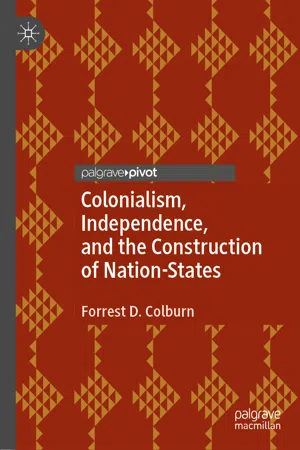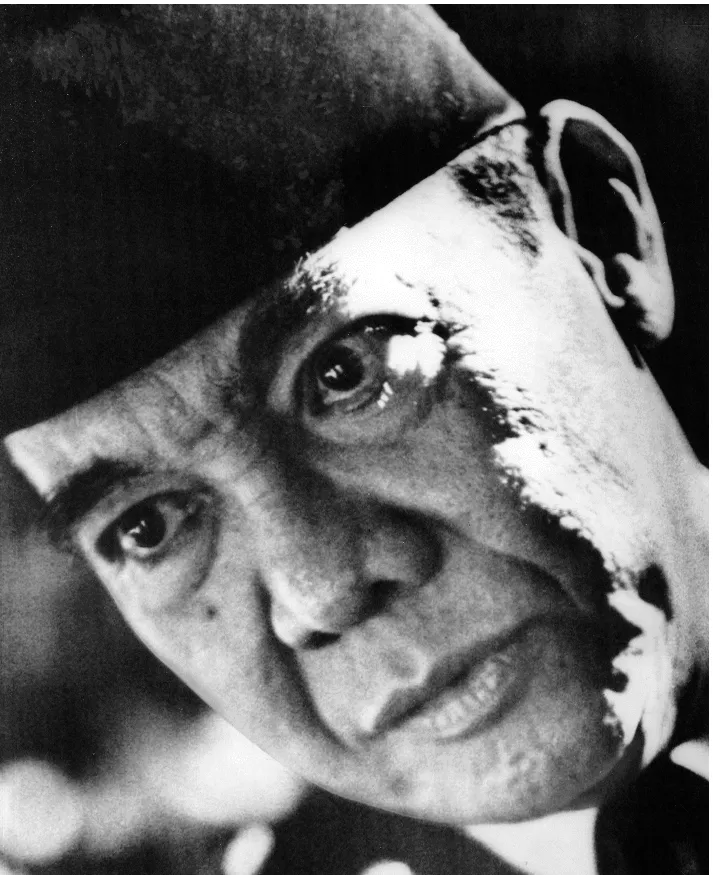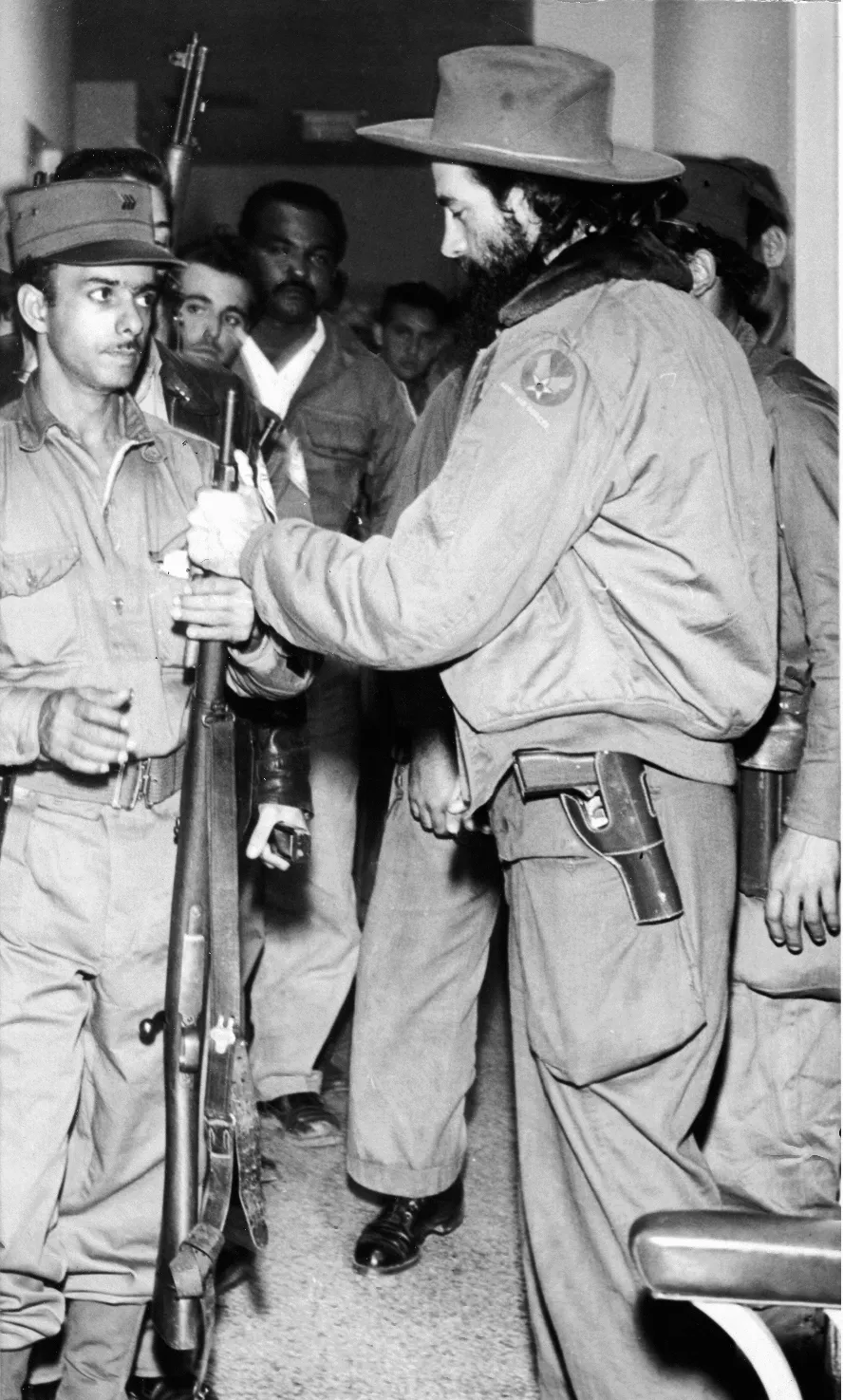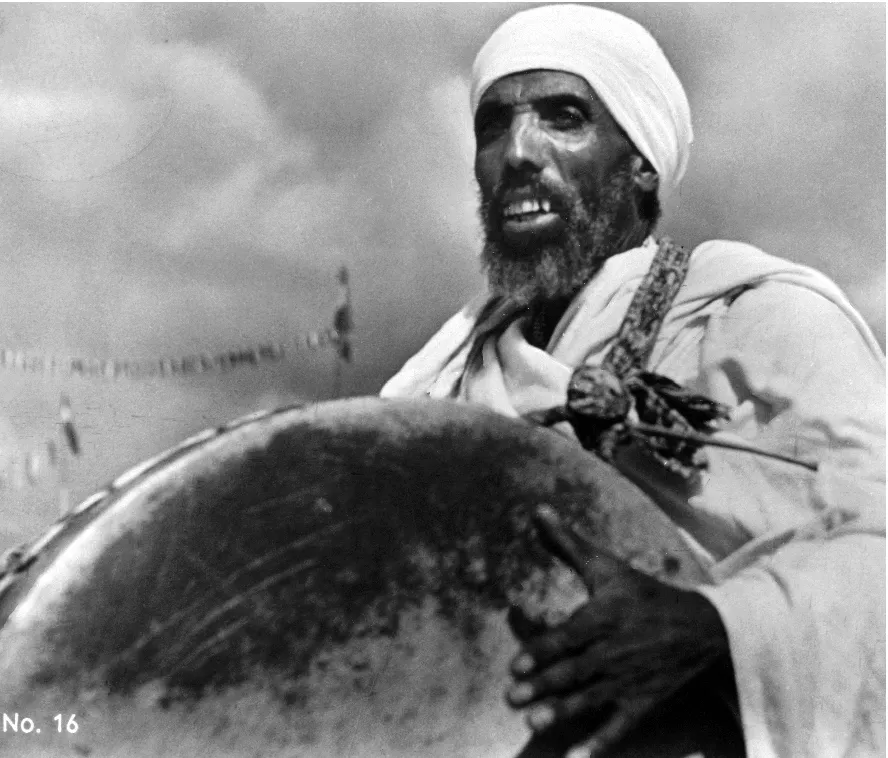
- English
- ePUB (mobile friendly)
- Available on iOS & Android
Colonialism, Independence, and the Construction of Nation-States
About This Book
This book investigates studies on colonialism and anti-colonialism from Africa, the Middle East, Asia, and Latin America. The author begins by recounting the deleterious impact of colonialism and then focuses on the heady days of anti-colonialism nationalism. He traces how the system fell apart: leaders, especially those of the second-generation, often turned out to be inept and corrupt; structural obstacles led poor countries to continue to depend on the export of commodities; advanced countries promised to help, but did not prove useful; when growth was possible, here and there, the fruits of development were seldom distributed widely. This project will appeal to the academics, researchers, and students in the fields of comparative politics, development studies, government, and economics.
Frequently asked questions
Information
Plates
















- African Party for the Independence of Guinea Bissau and the Cape Verde Islands (PAIGC). Manual Político do PAIGC. Lisbon: Edicôes Maria da Fonte, 1974.
- Anderson, Perry. “After Nehru.” London Review o...
Table of contents
- Cover
- Front Matter
- Introduction
- A Tumultuous Transition
- European Imperialism and the Remaking of the World
- Emancipation and the Quest for “Development”
- Good-Bye to the “Third World”
- Asia Looms Over Latin America, Africa, and the Middle East
- Captive to Commodities
- Nicaragua as a Sobering Illustration
- Seeking a New Compass
- Back Matter